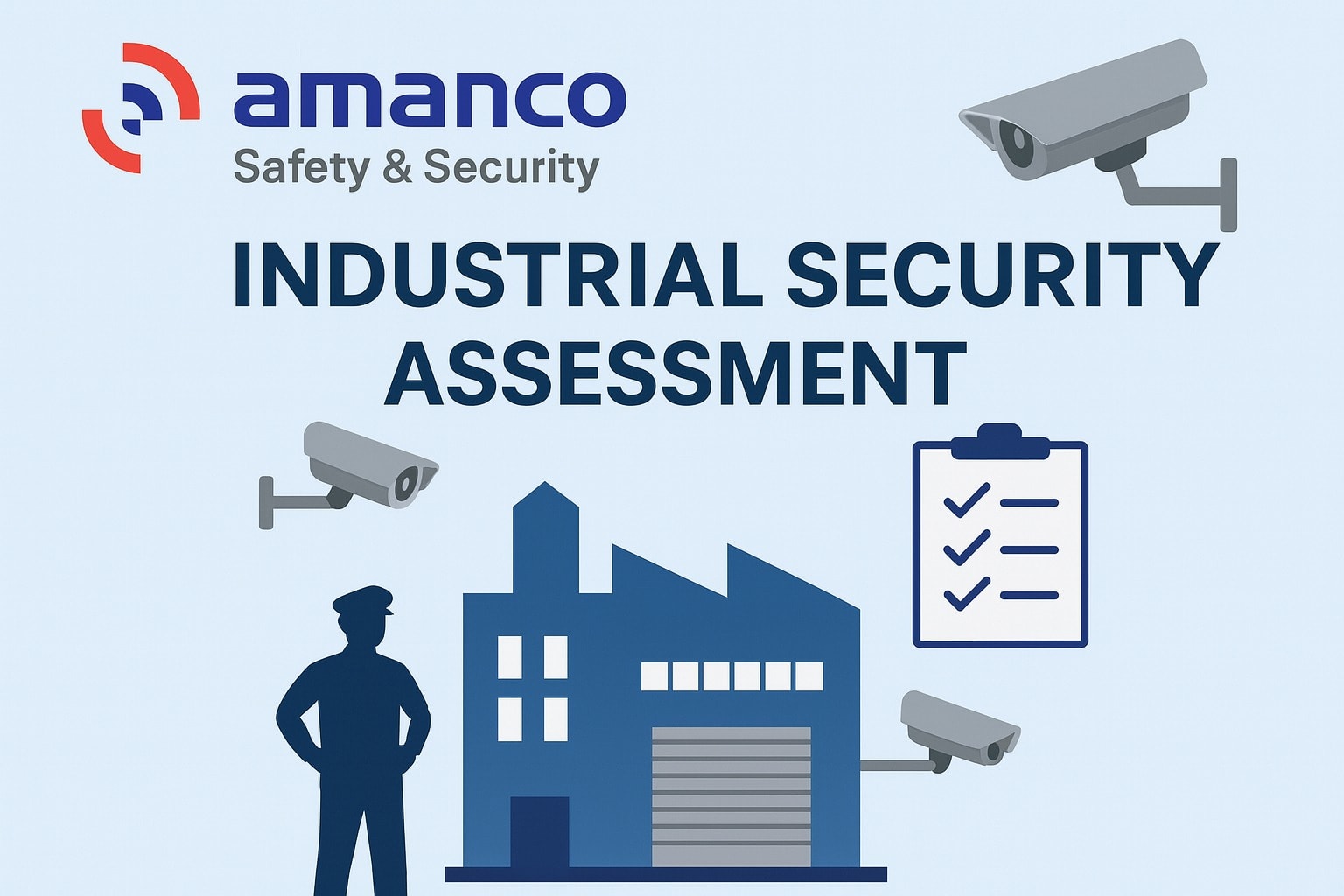Industrial Security Assessment: Protecting Your Facility from Physical & Cyber Threats
AMANCO - Industrial Security Assessment: Protecting Your Facility from Physical & Cyber Threats.
AMANCO - Industrial Security Assessment: Protecting Your Facility from Physical & Cyber Threats.

Industrial security is no longer just about locked doors and CCTV cameras. With today’s connected factories, automated plants, and growing cyber risks, a strong industrial security assessment is the foundation of safety and business continuity.
In simple terms, an industrial security assessment is a 360-degree checkup of your facility’s security—both physical and digital. It helps you identify weak points before they become costly problems.
An industrial security assessment is a structured process to evaluate:
It’s not a one-time activity but an ongoing strategy to stay ahead of evolving threats.
Industrial operations are more connected than ever. From smart factories to remote monitoring, the risks are also growing. Some key reasons why assessments are critical today:
An industrial security assessment is more than a checklist—it’s a proactive investment in your company’s future. Whether you run a small factory or a global plant, staying ahead of risks means stronger compliance, safer employees, and uninterrupted operations.
Security isn’t a cost; it’s a business enabler in 2025.
